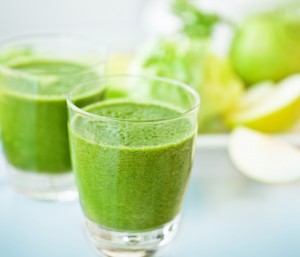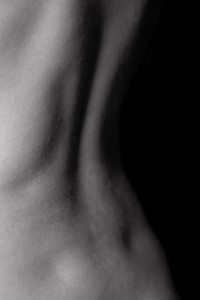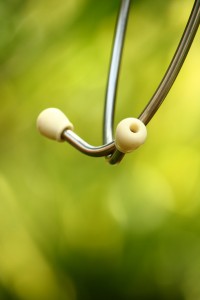Osteopathy and chiropractic
Physiotherapy; osteopathy; chiropractic. What’s the difference? Which physical therapy is for me? Low down:
1. NHS – Osteopathy and chiropractic aren’t available on the NHS in all parts of the UK. Even in places where osteopathy is available, there may be limited availability. The same applies for Chiropractic treatment.
Finding Osteopathy Chiropractic Difference interesting? Don’t forget to subscribe to Susannah Makram TV
Osteopathy and Physiotherapy
Many physiotherapists work as part of a multi-disciplinary team. They can work from NHS hospitals. Also, from community based organisations, private hospitals and clinics, sports clubs, charities and workplaces. Physiotherapists and osteopaths and chiropractors all use manual therapy or physical therapy.
That’s to say, we all use touch, to varying degrees. The skill of an Osteopath is high in palpation. The physiotherapist generally uses ultrasound, acupuncture, taping and creams and so on more so than the osteopath and chiropractor. Much hands on treatment technique differs somewhat. Manipulation or adjustment techniques used by the chiropractor, physiotherapist and osteopath – HVT or HVLAT – High velocity, low amplitude thrust techniques – are unique to the profession.
2. Qualifications – physiotherapy osteopathy chiropractic difference
Osteopaths complete a four – or five-year honours degree programme (bachelor’s or master’s), which involves at least 1,000 hours of clinical training. Some osteopaths are qualified to PhD level.
Chiropractors’ 4-year Chiropractic Degree programme ensures completion of bachelor of human science degree completion.
Physiotherapists complete a three-year full-time BSc (Hons ) programme.
Physiotherapy osteopathy chiropractic difference
3. NICE Guidelines – physiotherapy osteopathy chiropractic difference
There’s good evidence that osteopathy is effective for the treatment of persistent lower back pain. The National Institute for Health and Care Excellence (NICE) recommends it as a treatment for this condition.
Currently, (NICE) recommends manual therapy that might include spinal manipulation (as practiced by chiropractors) as a treatment option for persistent lower back pain.
The National Institute for Health and Care Excellence (NICE) advises that manual therapy can be used to treat persistent low back pain.
4. Legal – Primary Certifying Body – physiotherapy osteopathy chiropractic difference
It’s illegal to practice osteopathy in the UK unless registered with General Osteopathic Council. It’s illegal to practise o practice chiropractic in the UK unless registered General Chiropractic Council. Physiotherapy, likewise, unless registered with the Chartered Society of Physiotherapy.
Physiotherapy Osteopathy Chiropractic Difference – FAST FACTS
5. Osteopathy is one of only two complementary and alternative medicines (CAMs) that are regulated under UK law. The other is chiropractic. [tweetthis]#Osteopathy is 1 of only 2 complementary & alternative medicines regulated under UK law[/tweetthis]
6. Chiropractic was founded as a health profession in the US in 1895 by a Canadian called Daniel David Palmer. Palmer practiced magnetic healing and had no conventional medical training.
7. The earliest documented origins of physiotherapy (physical therapy) as a professional group date back to Per Henrik Ling, “Father of Swedish Gymnastics.” He founded the Royal Central Institute of Gymnastics (RCIG) in 1813 for massage, manipulation, and exercise. In 1894 four nurses in Great Britain formed the Chartered Society of Physiotherapy
8. Andrew Taylor Still, MD, DO (August 6, 1828 – December 12, 1917) was the founder of osteopathy and osteopathic medicine in 1874. He was also a physician and surgeon, author, inventor and Kansas territorial and state legislator.
9. OMT is typically used to treat musculoskeletal disorders. These include low back pain, neck pain. Also, pelvic pain, sports injuries, repetitive stress injuries RSI and tension headaches. While osteopathic and chiropractic techniques overlap, they’re not identical. As a general rule, chiropractic manipulation uses direct thrust techniques on the spine (HVLA). Osteopathic practitioners use other, gentler techniques, as well as HVLA.
Summary:
All three professions now have a similar medical training. They differ in professional training and emphasis during treatment.
Physiotherapists tend to focus on exercises. Chiropractors tend to focus on manipulation of the spine. Osteopaths tend to use exercise, manipulation and soft tissue massage as part of an integrated approach.










